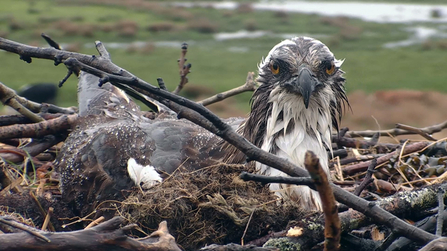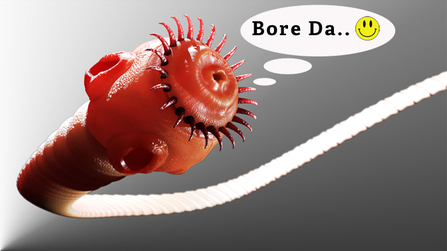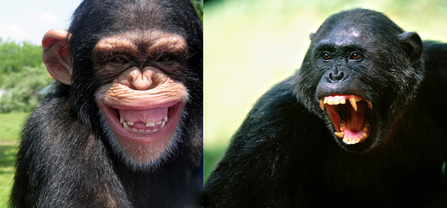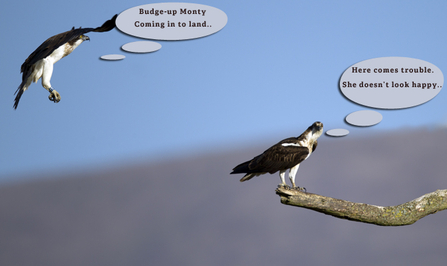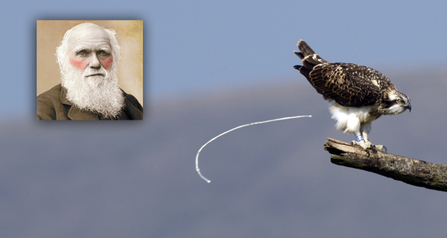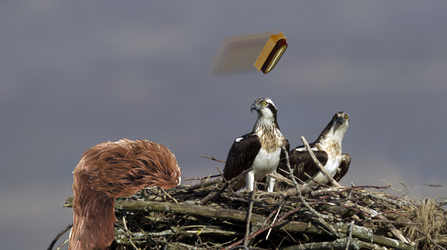Anthropomorphism, according to the English dictionary, is “the showing or treating of animals, gods and objects as if they are human in appearance, character or behaviour”.
If you’ve studied animal behaviour, or ethology to give it it’s proper ‘ology' name, you will know that giving or comparing human behaviours and emotions with those in animals is a big no-no. I remember many a George Michael hair piece in the mid 80’s being completely destroyed by a lecturer-induced board-duster throwing incident. An acute and sudden onset of rage and derision would quickly follow any unintentional slip into the personification of animals by any ill-prepared and uninitiated student. After all, it was the great Pavlov (the bloke with the salivating dogs and the bell experiments) who proclaimed that animals should be thought of as "without any need to resort to fantastic speculations as to the existence of any possible subjective states”.
So there. Don’t do it.
Monty doing his fair share of incubating and looking thoroughly miserable in the rain. Really?

